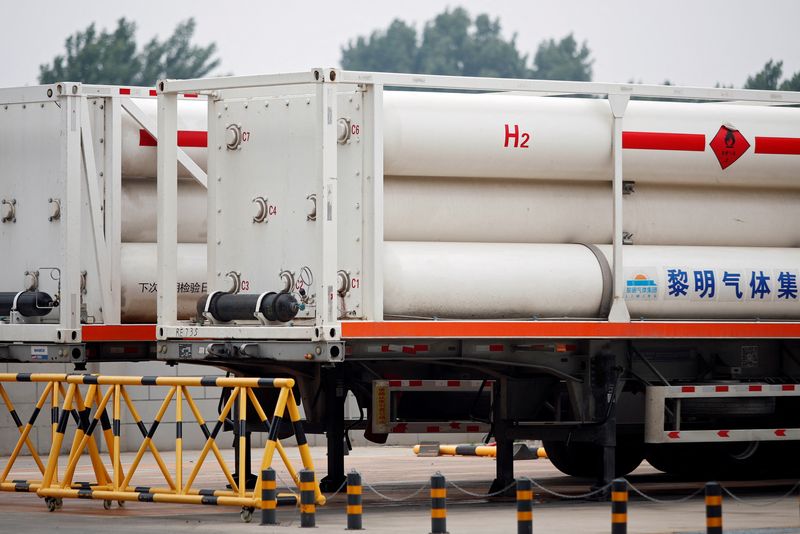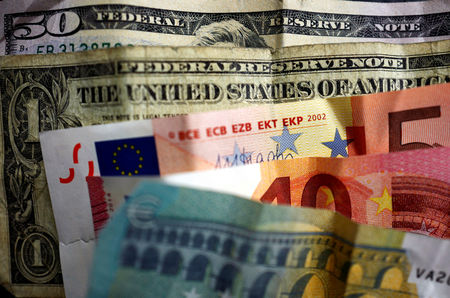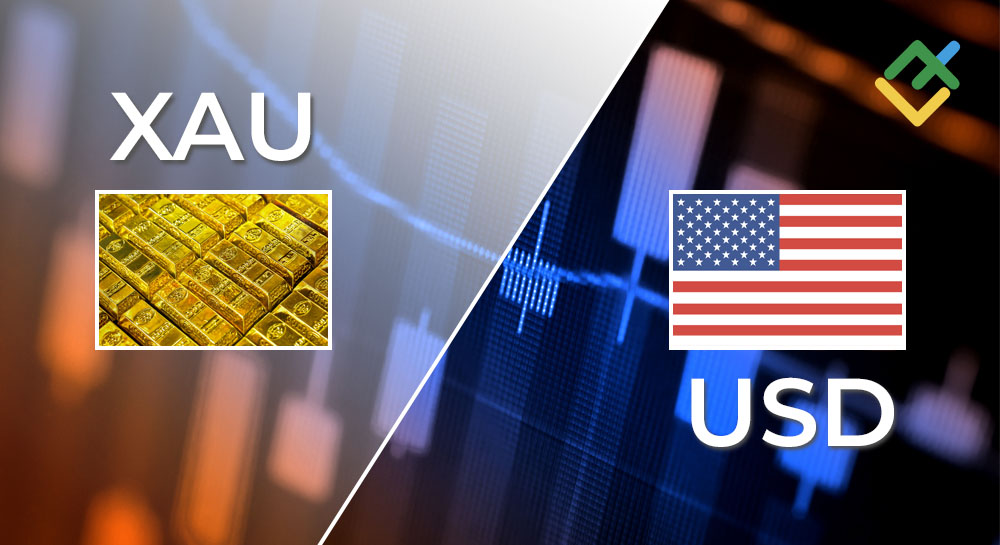
By Forrest Crellin
PARIS (Reuters) – Final investment decisions for hydrogen projects have doubled over the last 12 months, dominated by China, but installed capacity and demand are low as the industry faces uncertainty, the International Energy Agency (IEA) said in a report on Wednesday.
The investment decisions represent a five-fold increase of current low-emission hydrogen production by 2030, with China covering more than 40% over the last 12 months, which would eclipse solar expansion at its fastest rates, the group said.
Demand targets, however, are only just over a quarter of the production projects, and progress made so far in the hydrogen sector is not sufficient to meet climate goals, the IEA added.
Most projects are also at early stages, the IEA said, and the project pipeline is at risk due to unclear demand signals, financing hurdles, incentive delays, regulatory uncertainties, licensing and permitting issues and operational challenges.
“Policymakers and developers must look carefully at the tools for supporting demand creation while also reducing costs and ensuring clear regulations are in place that will support further investment in the sector,” said IEA Executive Director Fatih Birol.
Global hydrogen demand could grow by around 3 million tonnes (Mt) in 2024, concentrated in the refining and chemical sector, but that should be seen as a result of wider economic trends rather than the result of successful policies, the IEA said.

Demand is currently largely covered by hydrogen produced by unabated fossil fuels, with low emissions hydrogen still only playing only a marginal role, it added.
Technology and production cost pressures remain a large factor, with electrolysers in particular slipping due to higher prices and tight supply chains, while cost reduction relies on technological development and achieving economies of scale.
This post is originally published on INVESTING.



